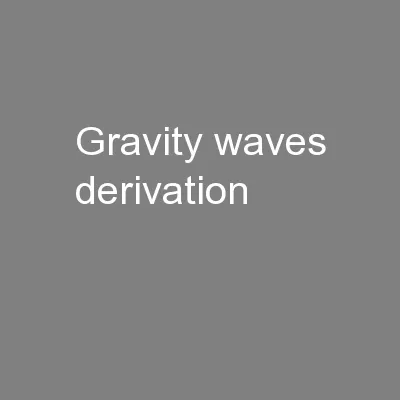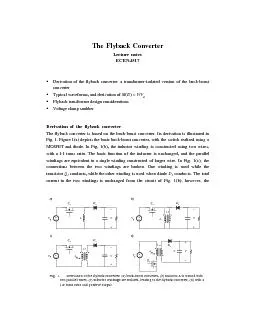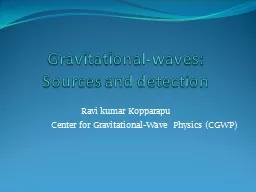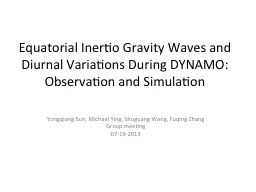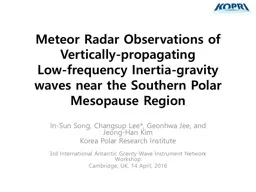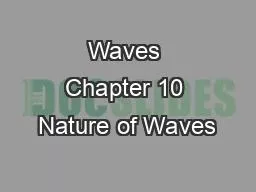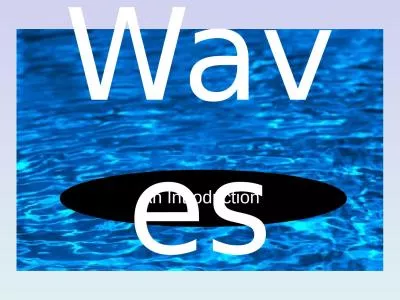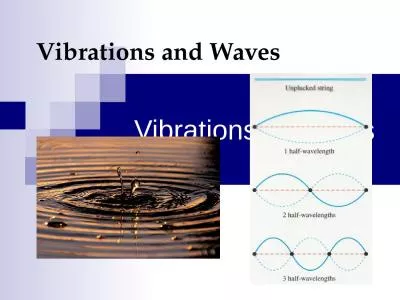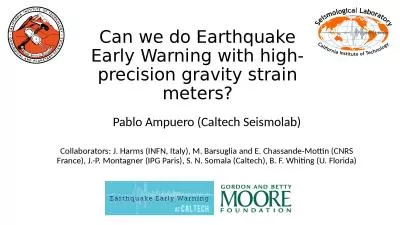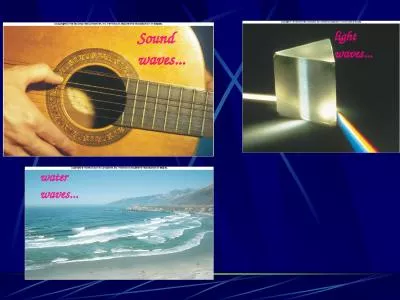PPT-Gravity waves derivation
Author : pasty-toler | Published Date : 2016-10-10
ATM 562 Fall 2015 Introduction Gravity waves describe how environment responds to disturbances such as by oscillating parcels Goal derive dispersion relation that
Presentation Embed Code
Download Presentation
Download Presentation The PPT/PDF document "Gravity waves derivation" is the property of its rightful owner. Permission is granted to download and print the materials on this website for personal, non-commercial use only, and to display it on your personal computer provided you do not modify the materials and that you retain all copyright notices contained in the materials. By downloading content from our website, you accept the terms of this agreement.
Gravity waves derivation: Transcript
Download Rules Of Document
"Gravity waves derivation"The content belongs to its owner. You may download and print it for personal use, without modification, and keep all copyright notices. By downloading, you agree to these terms.
Related Documents

